Total Daily Energy Expenditure (TDEE) is an essential concept in the world of health and fitness. Knowing your TDEE can help you determine how many calories you should consume to maintain, lose, or gain weight, depending on your goals. But what is TDEE, and why should you care about it?
In this article, we’ll break down the details of TDEE, guide you through how to calculate your TDEE, and explain the importance of using tools like the EETD calculator for quick and accurate results.
What Does TDEE Stand For?
TDEE stands for Total Daily Energy Expenditure. It’s the total number of calories your body needs to function over a 24-hour period. This includes all the calories burned by your body while performing its daily activities, like moving, breathing, and even digesting food.
Understanding your TDEE is crucial because it determines the number of calories you should consume to achieve your fitness and health goals, whether that’s losing weight, gaining muscle, or maintaining your current weight.
How to Calculate My TDEE
Calculating your TDEE involves determining how many calories your body burns in a day based on several factors, including your age, gender, weight, height, and activity level. TDEE calculators typically use the BMR (Basal Metabolic Rate) as the foundation of the calculation.
TDEE Formula Explained
To calculate your TDEE, you need to first calculate your BMR (Basal Metabolic Rate), which represents the number of calories your body needs to perform basic functions like breathing, digesting, and maintaining organ functions.
Then, your BMR is multiplied by a factor that corresponds to your physical activity level. These factors are:
- Sedentary (little or no exercise): BMR × 1.2
- Lightly active (light exercise 1-3 days per week): BMR × 1.375
- Moderately active (moderate exercise 3-5 days per week): BMR × 1.55
- Very active (intense exercise 6-7 days per week): BMR × 1.725
- Super active (very intense exercise or a physical job): BMR × 1.9
For instance, if your BMR is 1,500 calories and you are moderately active, your TDEE would be:
1,500 × 1.55 = 2,325 calories/day.
Step-by-Step Guide to Calculate TDEE
- Step 1: Find your BMR using a reliable formula (Harris-Benedict or Mifflin-St Jeor).
- Step 2: Choose your activity level.
- Step 3: Multiply your BMR by the corresponding activity factor.
- Step 4: The result is your TDEE — the total number of calories you burn in a day.
Factors that Affect Your TDEE
Your TDEE is influenced by several factors that go beyond just your activity level. Let’s take a closer look at what affects your TDEE.
Basal Metabolic Rate (BMR)
BMR represents the number of calories required to keep your body functioning while at rest. It's affected by your age, gender, weight, and genetics. Men typically have a higher BMR than women, and younger individuals usually have a higher BMR than older individuals.
Physical Activity Levels (PAL)
Your activity level plays a major role in calculating TDEE. The more active you are, the higher your TDEE will be. Whether you’re doing regular exercises or have a physically demanding job, increasing your activity level boosts your energy expenditure.
Examples of Activity Levels
- Sedentary: Sitting at a desk all day
- Lightly active: Walking or light exercises
- Very active: Intense workouts or physical jobs like construction work
Quick TDEE – How to Get a Fast Estimate
While calculating your TDEE manually might seem complex, there are ways to quickly calculate your TDEE with an estimate that’s still useful.
Quick TDEE Formula
If you need to know your TDEE fast, you can use a simple formula based on your BMR and activity level to get a rough estimate.
Online TDEE Calculators
If you’re short on time, there are many TDEE calculators available online. Many of these calculators also offer EETD calculators, which are enhanced versions of basic TDEE calculators, designed for even more accuracy.
EETD Calculator: The Best Tool for TDEE
Using an EETD calculator is one of the easiest ways to calculate your TDEE with minimal effort. These tools streamline the calculation process and consider a range of factors, giving you an accurate result in just a few clicks.
Benefits of Using EETD Calculator
- Speed: EETD calculators provide near-instant results.
- Accuracy: These tools factor in all the necessary variables, including your activity level.
- User-Friendly: Most EETD calculators are straightforward to use, requiring only basic details like age, weight, and activity level.
Choosing the Right EETD Calculator
To get the best results, it’s important to choose a reliable EETD calculator. Look for one that is well-reviewed and uses scientifically-backed formulas to estimate your TDEE.
Common Mistakes When Calculating TDEE
Many people make mistakes when calculating their TDEE. Here are some common ones:
Underestimating TDEE
It’s easy to underestimate your calorie needs, especially if you don’t account for all the small activities throughout the day, like walking to the store or climbing stairs.
Overestimating TDEE
On the flip side, overestimating your activity level can lead to eating more calories than you need. This could hinder weight loss or cause unnecessary weight gain.
TDEE and Weight Loss
Your TDEE plays a crucial role in your weight management strategy. If you’re looking to lose weight, you should aim for a caloric deficit, which means consuming fewer calories than your TDEE.
Maintaining a Caloric Deficit
To lose weight, you’ll need to consume fewer calories than your TDEE. This is why accurately knowing your TDEE is vital for safe and sustainable weight loss.
TDEE for Muscle Gain
If your goal is muscle gain, understanding your TDEE is just as important. To build muscle, you need to ensure you’re in a slight caloric surplus while also getting enough protein.
FAQs About TDEE
Q1: What’s my TDEE if I want to lose weight?
A: You need to create a caloric deficit by consuming fewer calories than your TDEE. A general guideline is to reduce your intake by 500-750 calories a day for safe weight loss.
Q2: Can I use an EETD calculator for quick results?
A: Yes, EETD calculators are great for getting a fast and accurate estimate of your TDEE without needing to do the math yourself.
Q3: Do I need to calculate my TDEE every day?
A: No, you don’t need to calculate your TDEE daily. However, if you make significant changes in your activity level, diet, or weight, recalculating your TDEE periodically is recommended.
Conclusion
Knowing your TDEE is an important part of managing your health and fitness goals. Whether you're looking to lose weight, gain muscle, or maintain your current weight, understanding how to calculate your TDEE accurately is crucial. Using tools like the EETD calculator can make the process quicker and more efficient, helping you stay on track with your fitness journey.


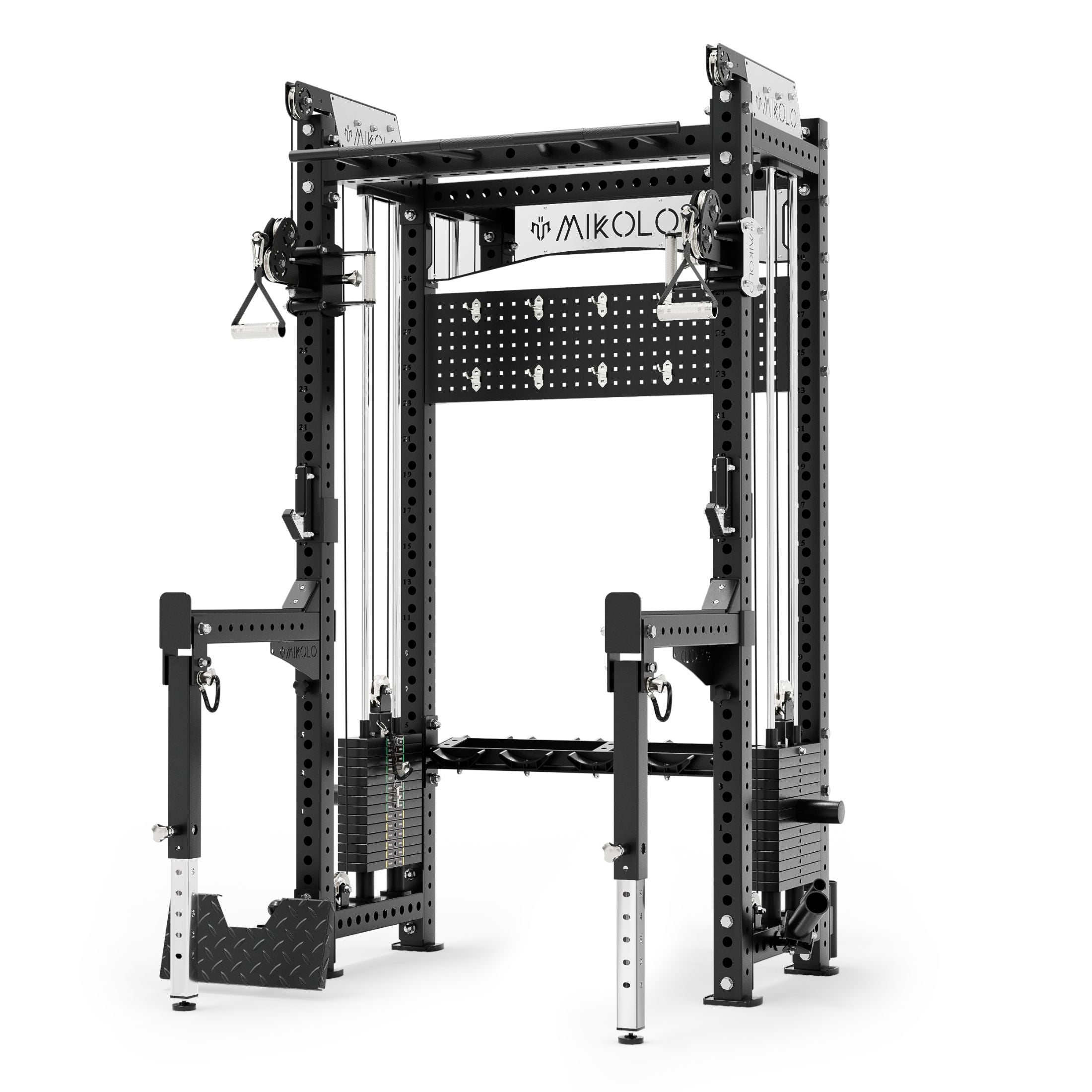
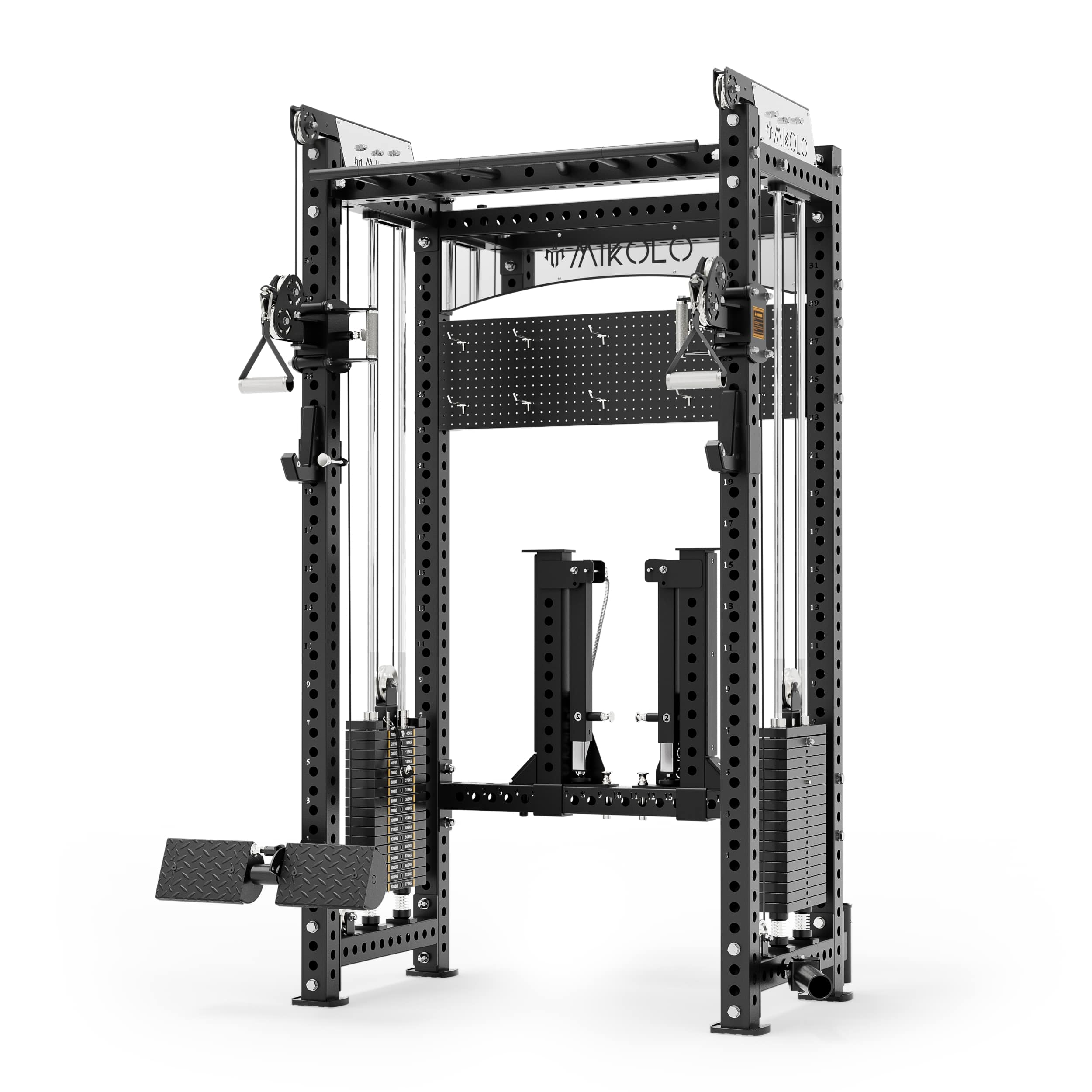
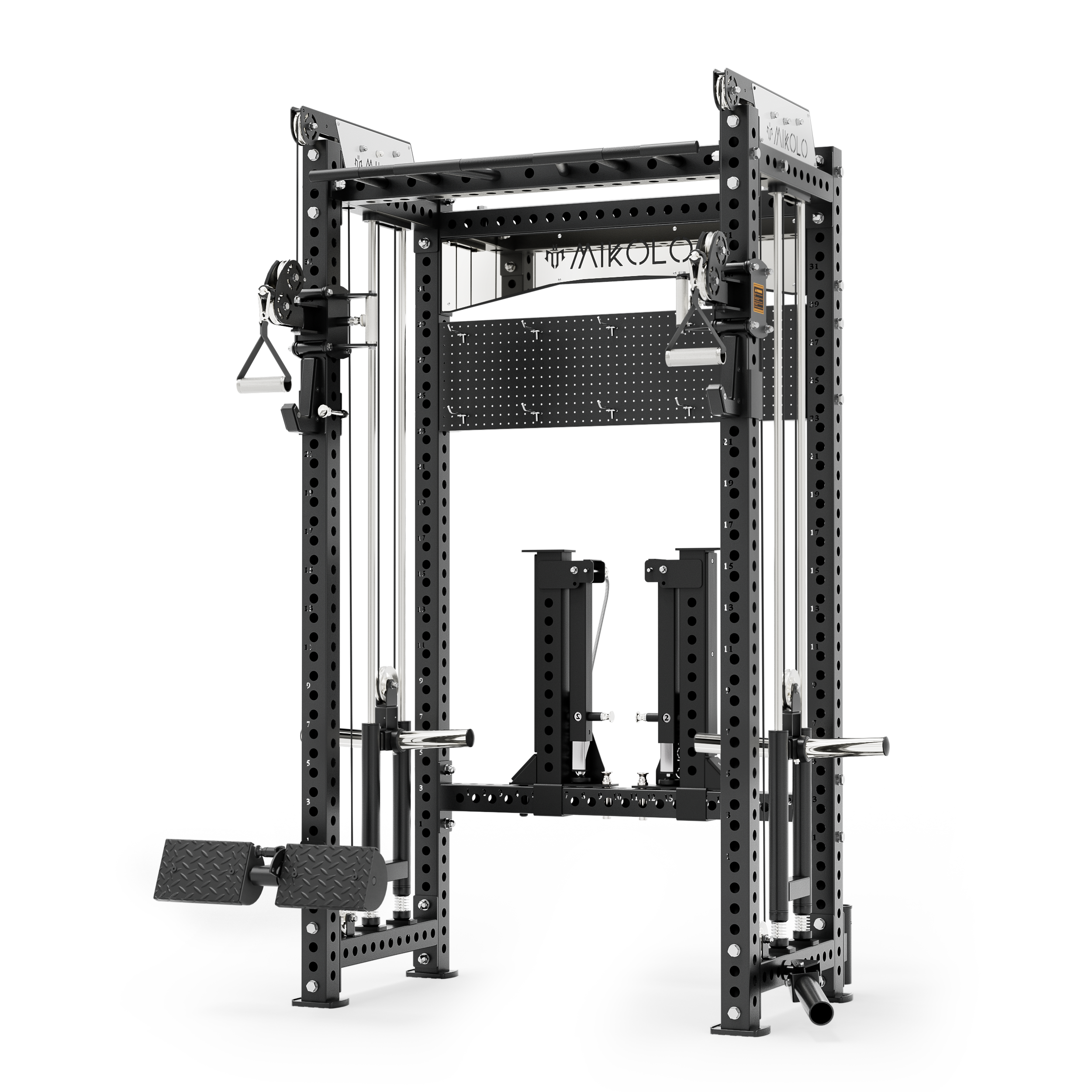


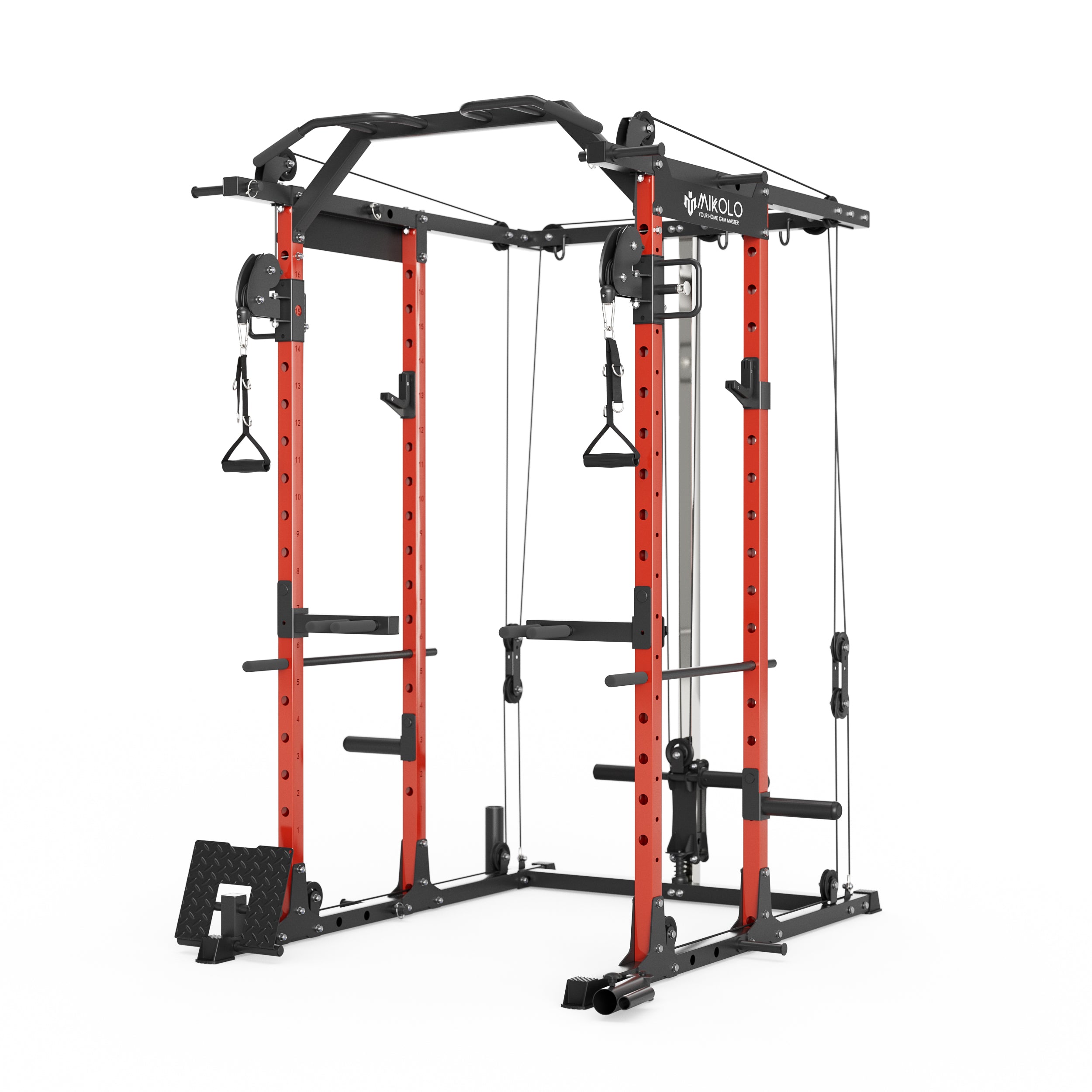
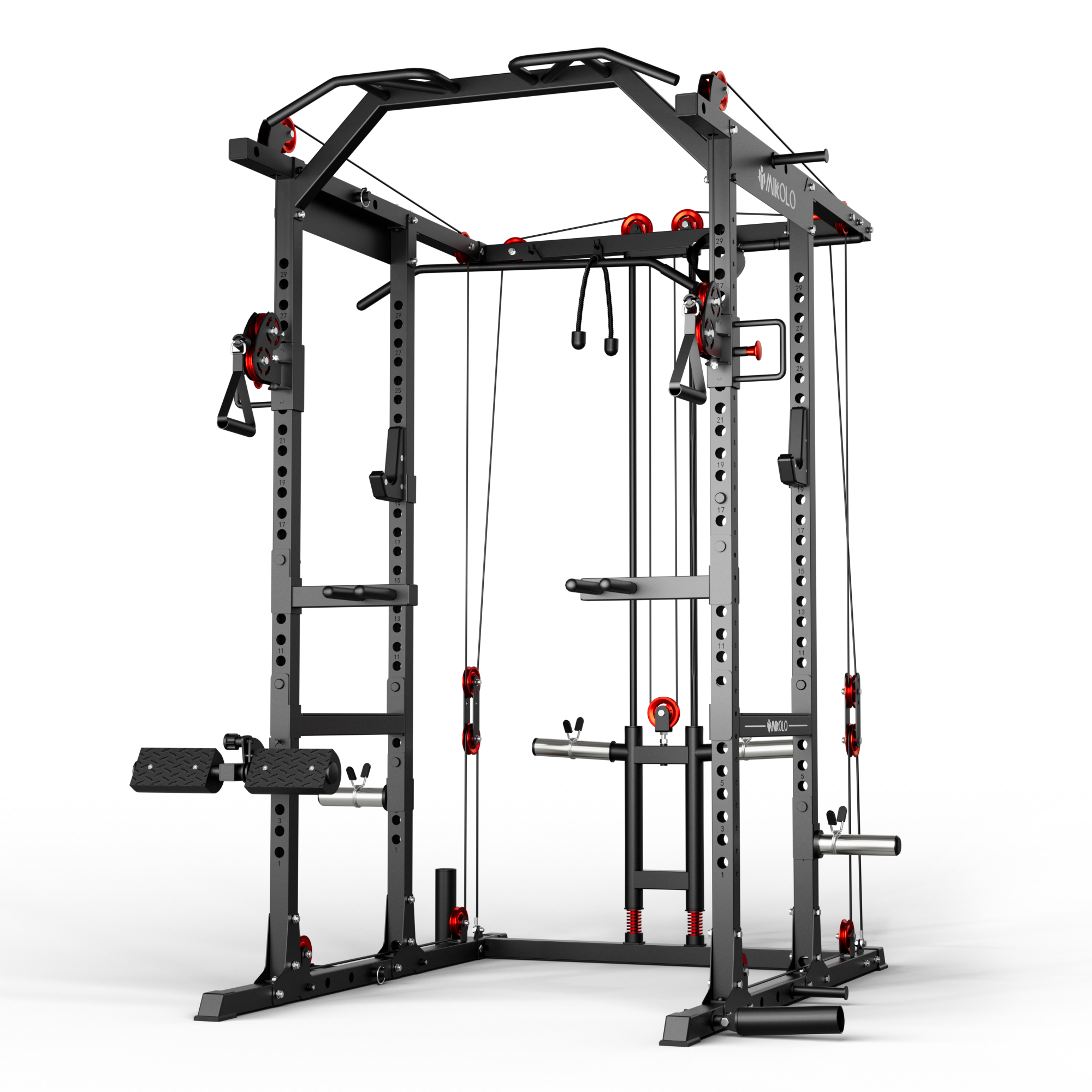



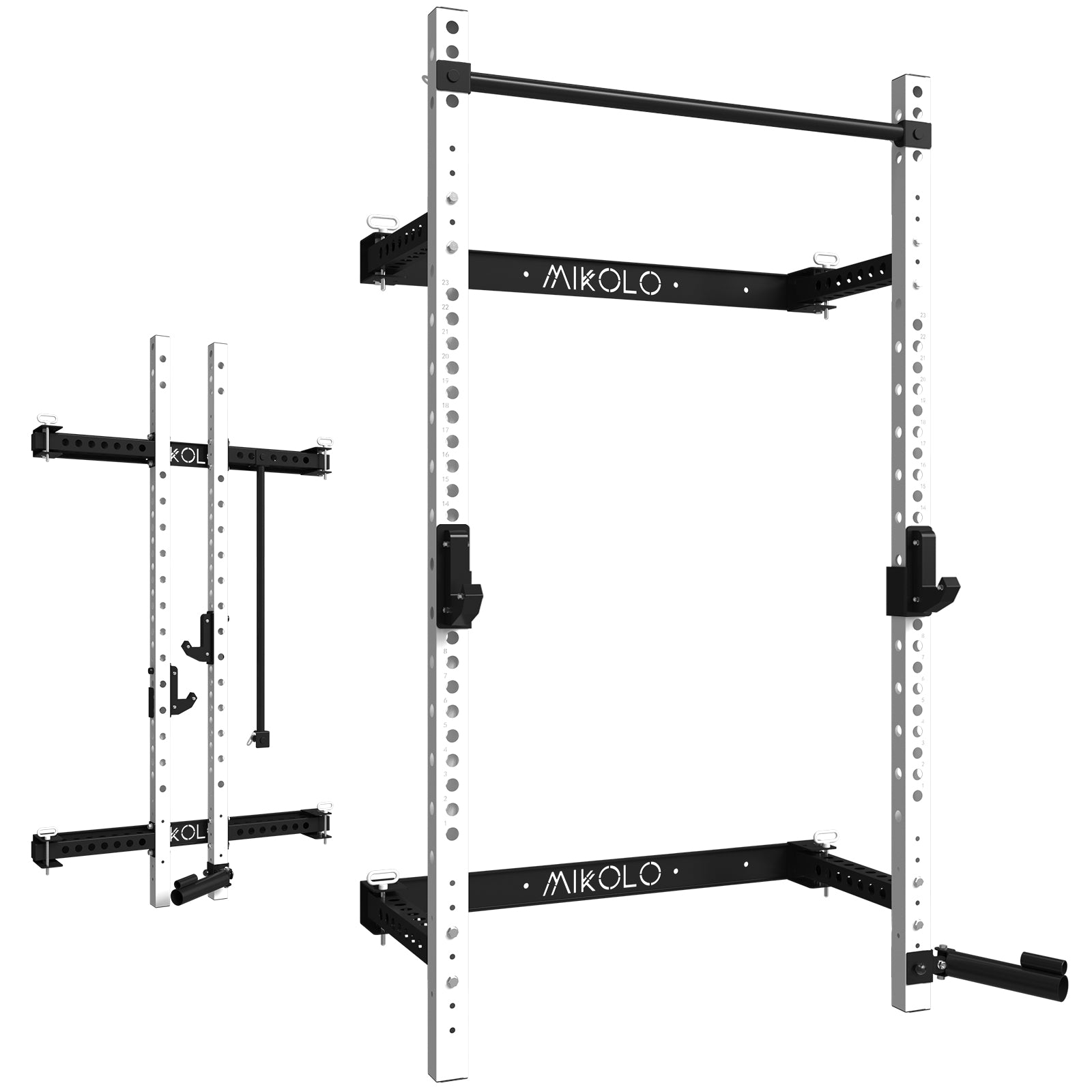

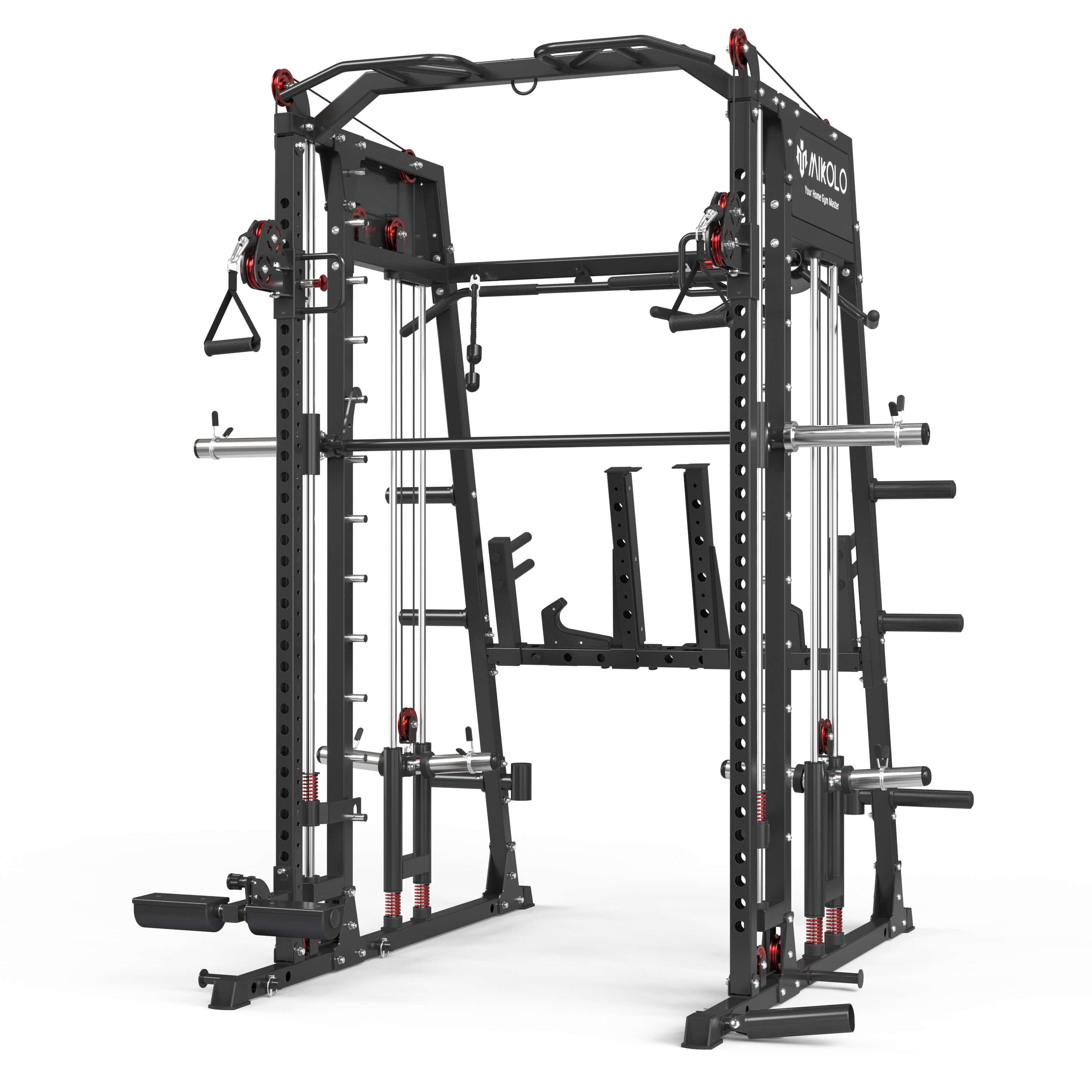
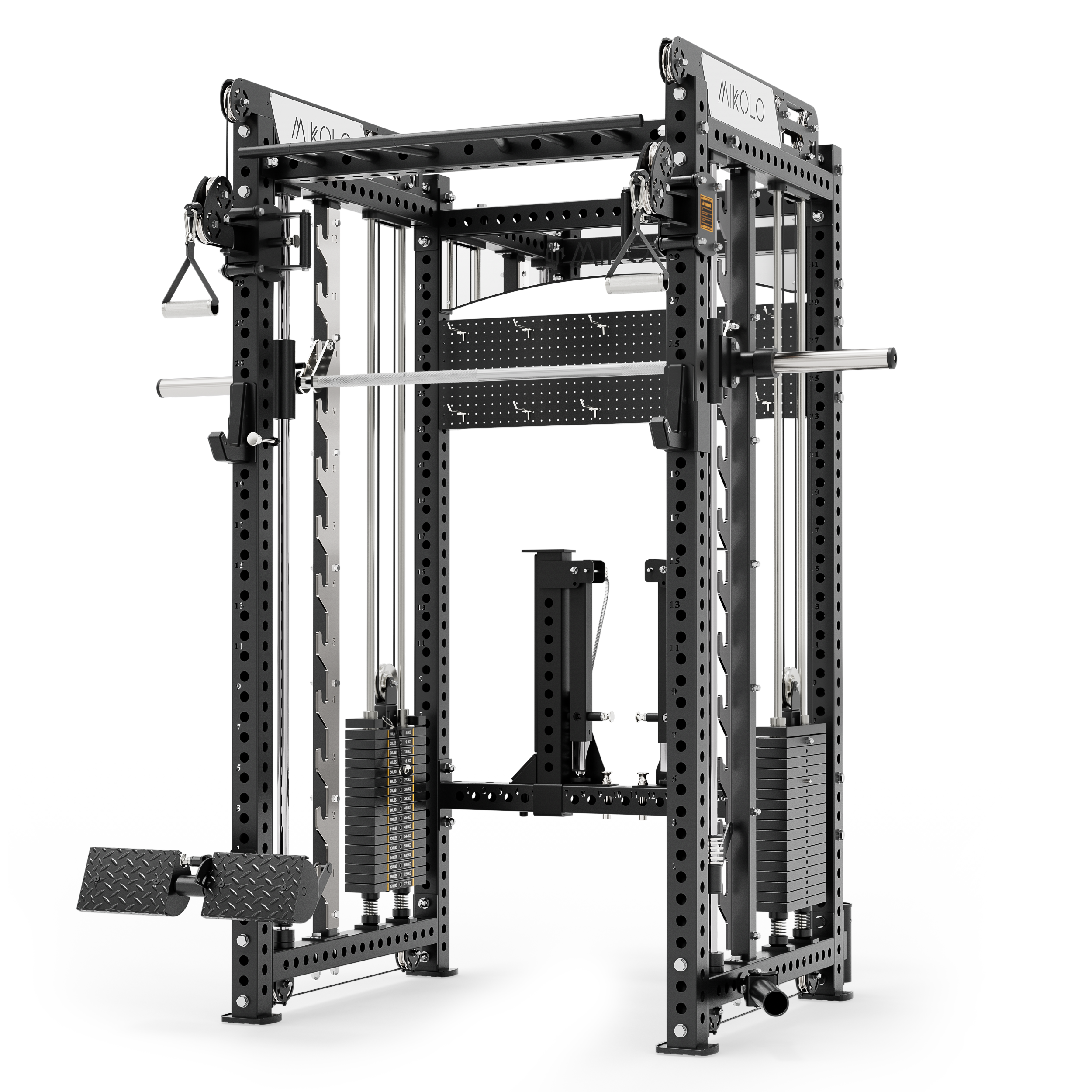
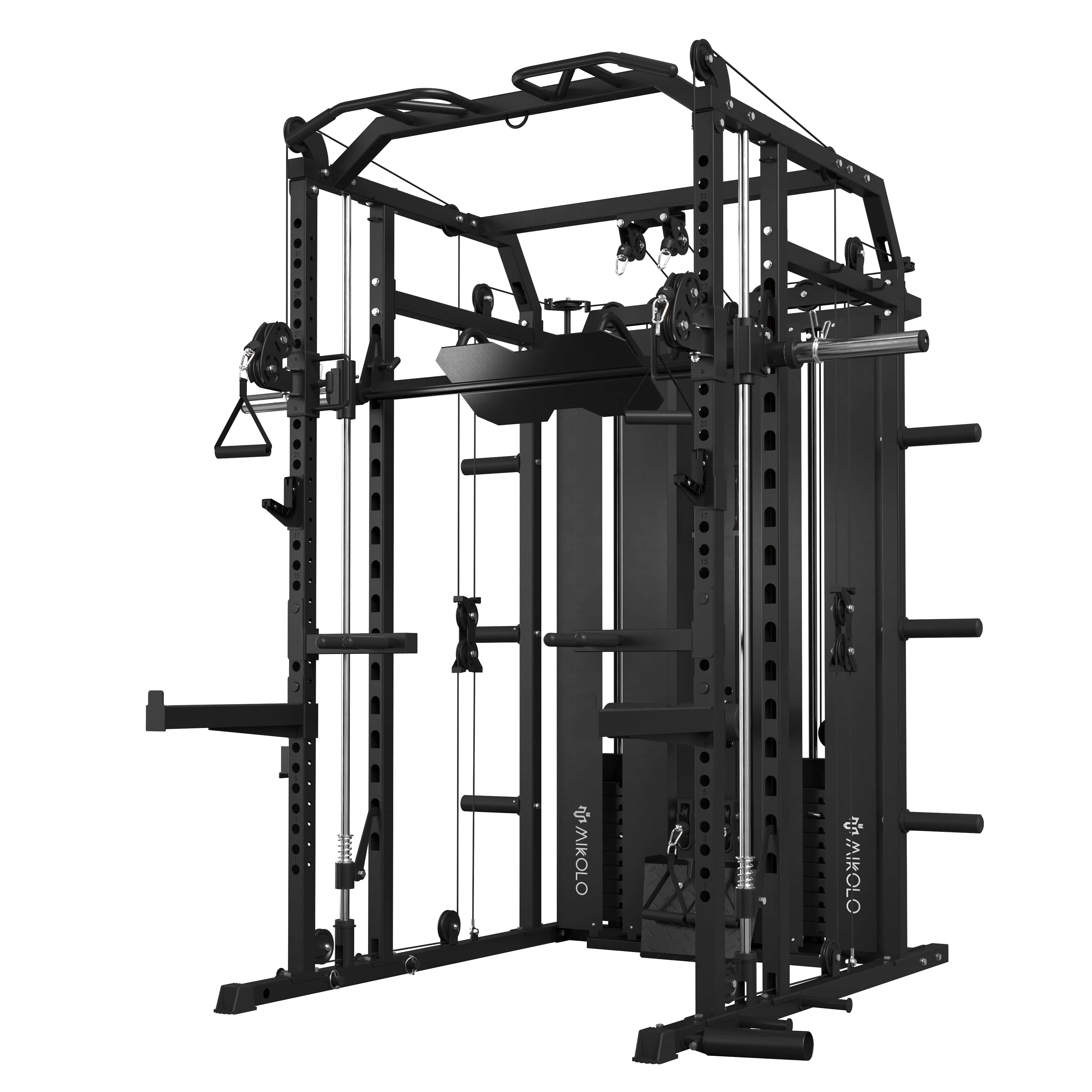
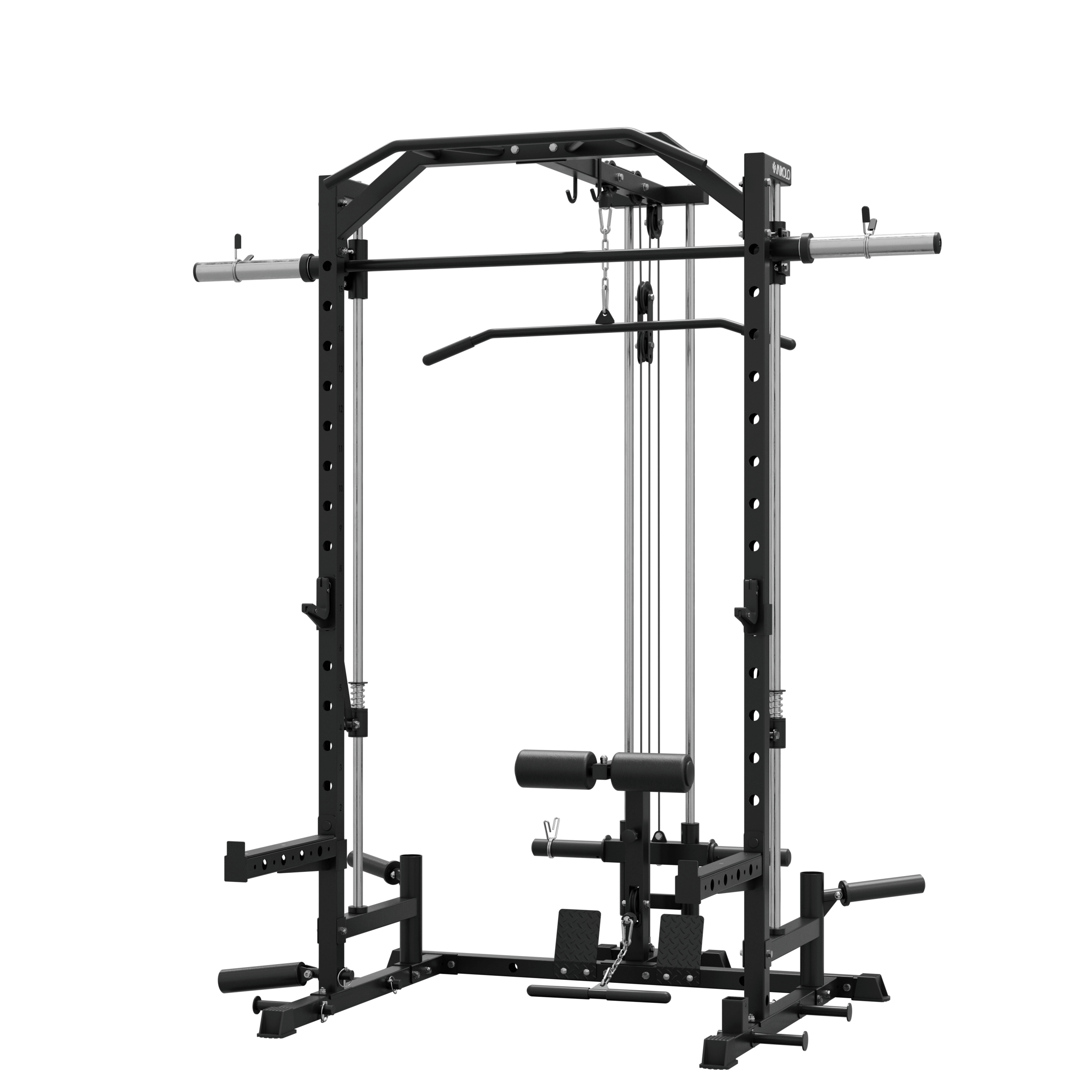
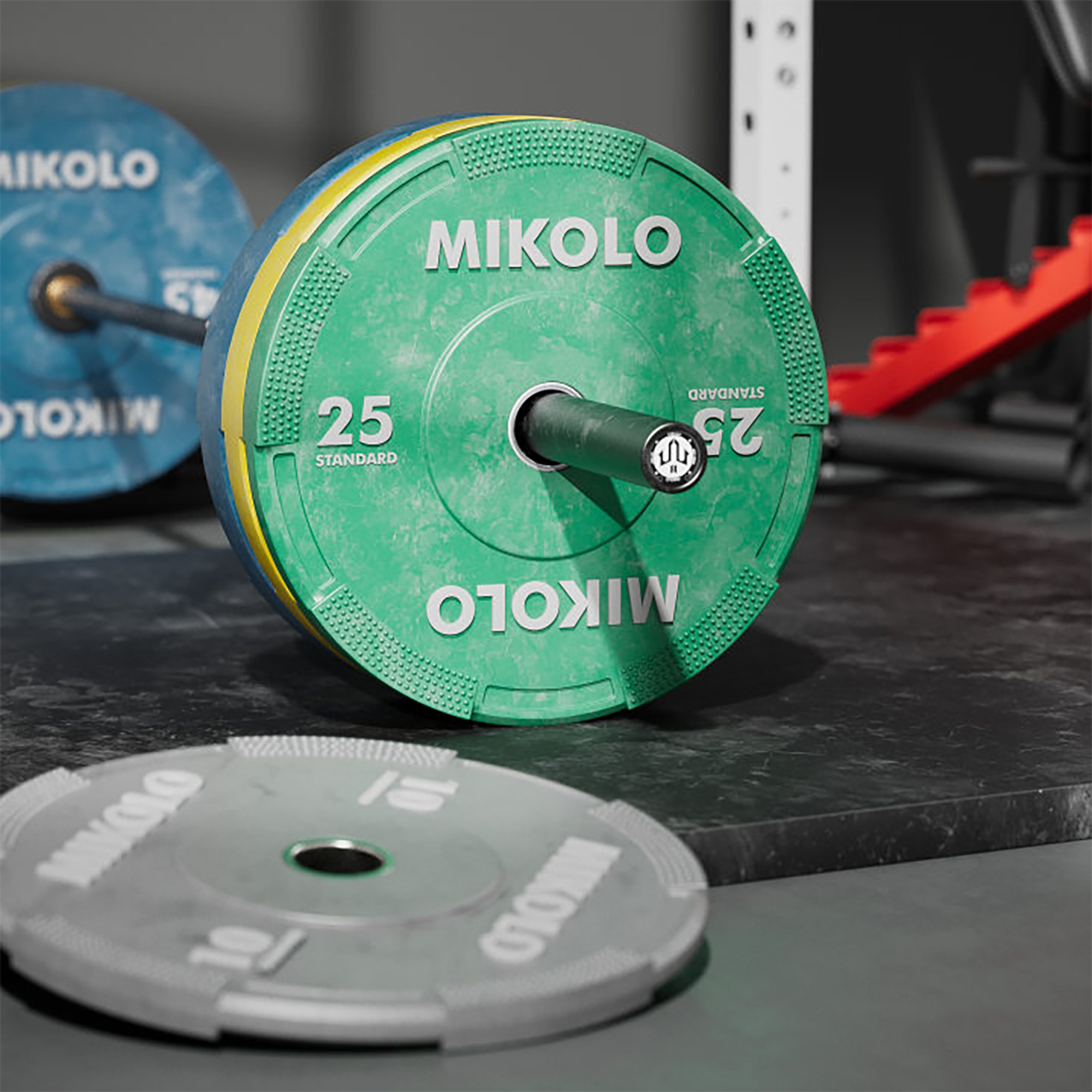






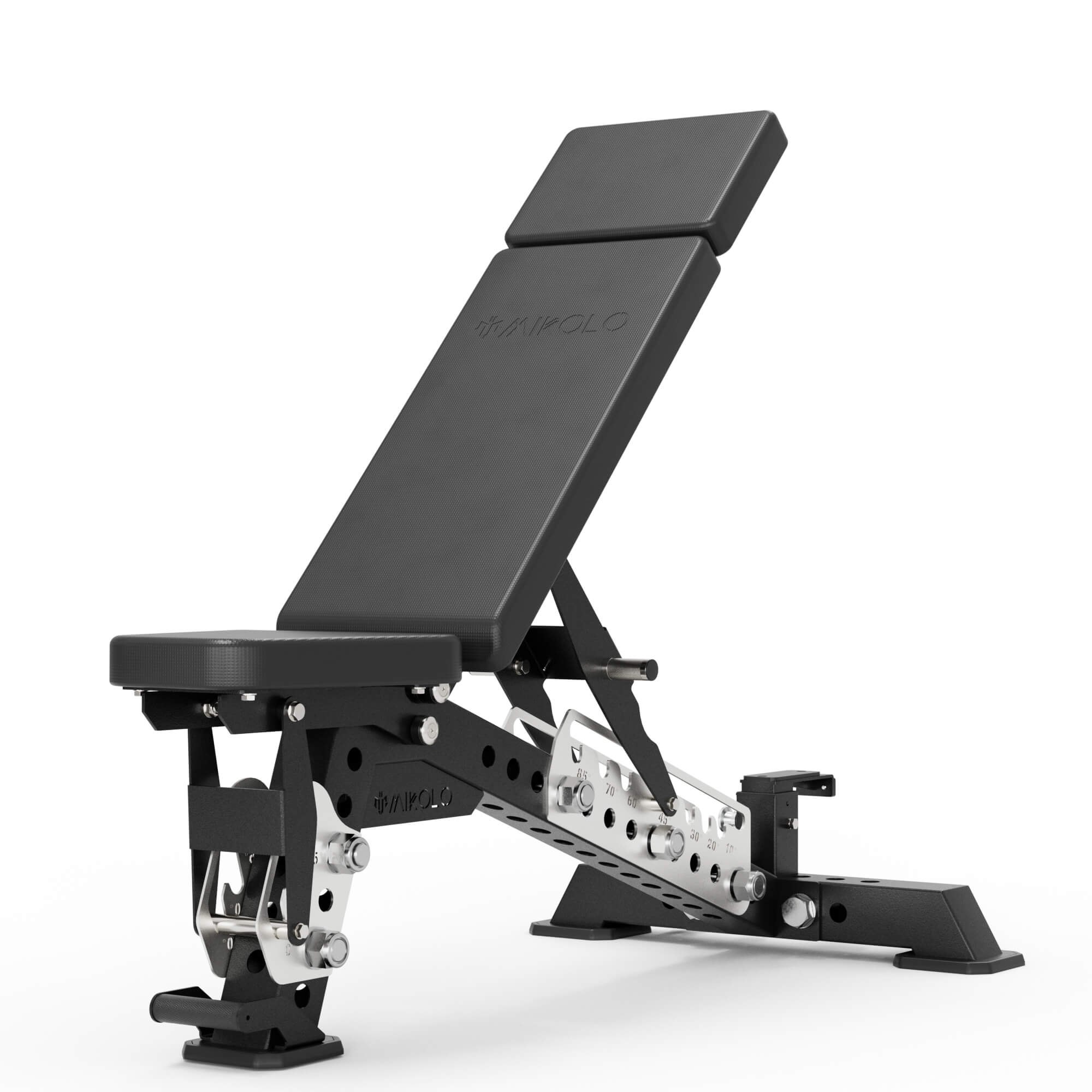
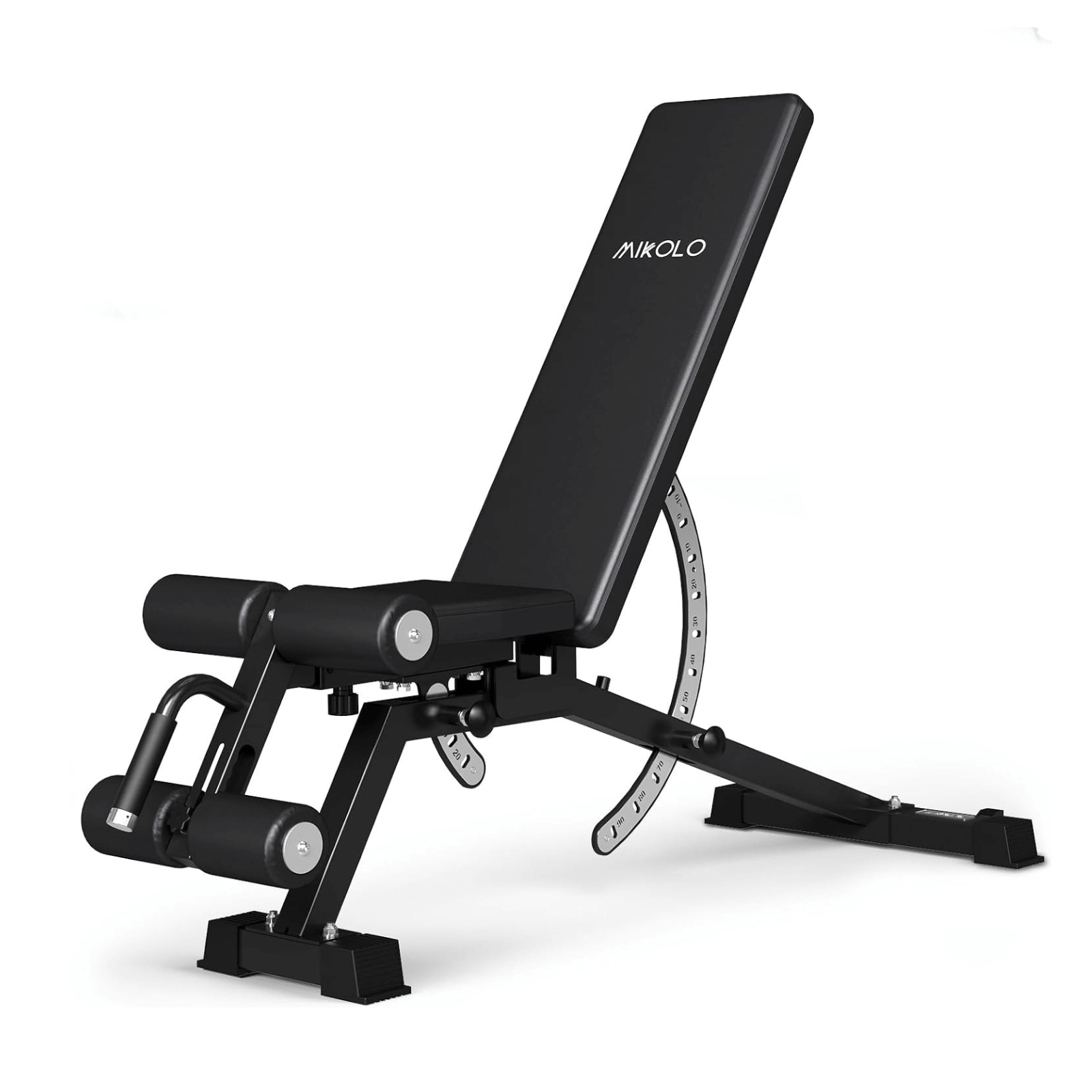




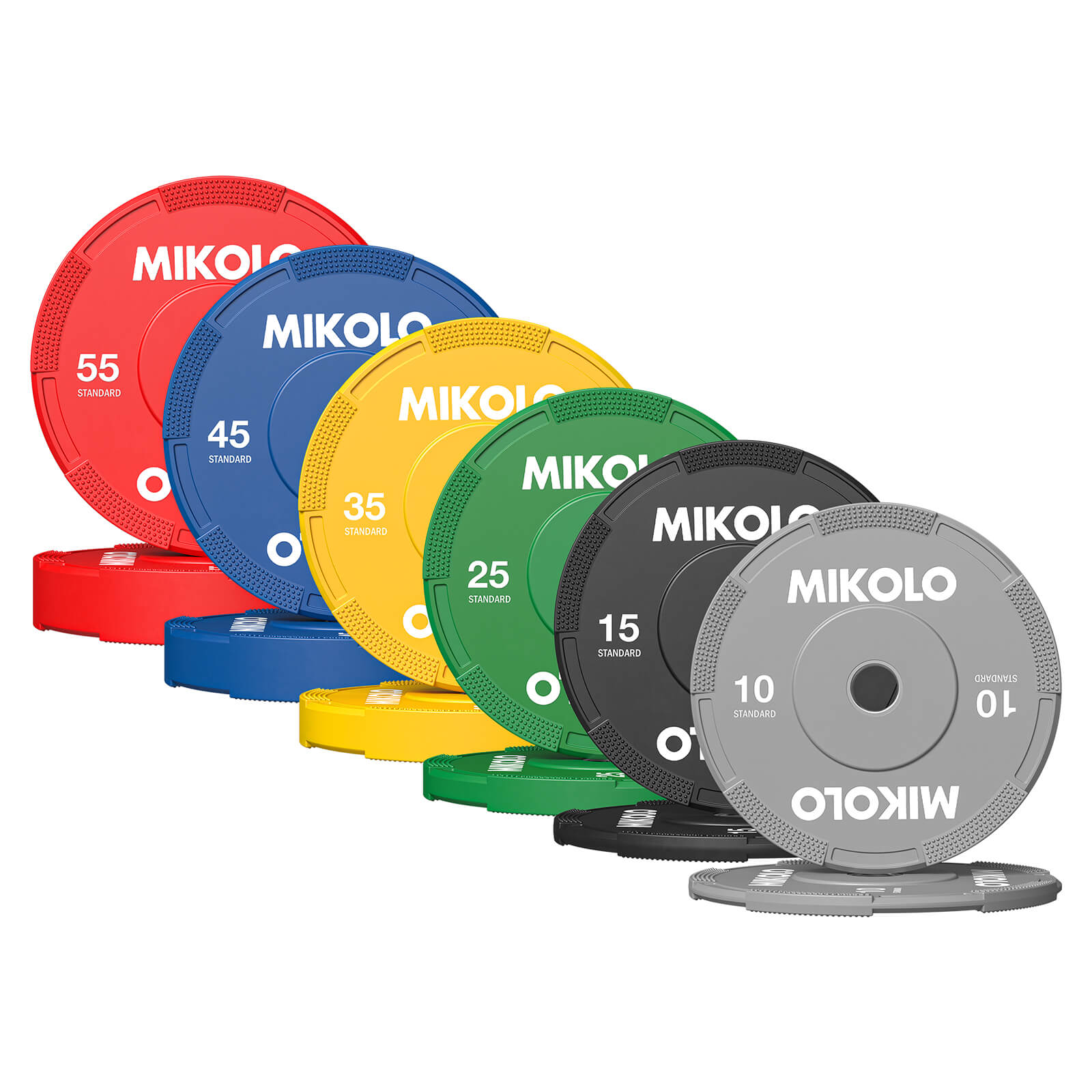
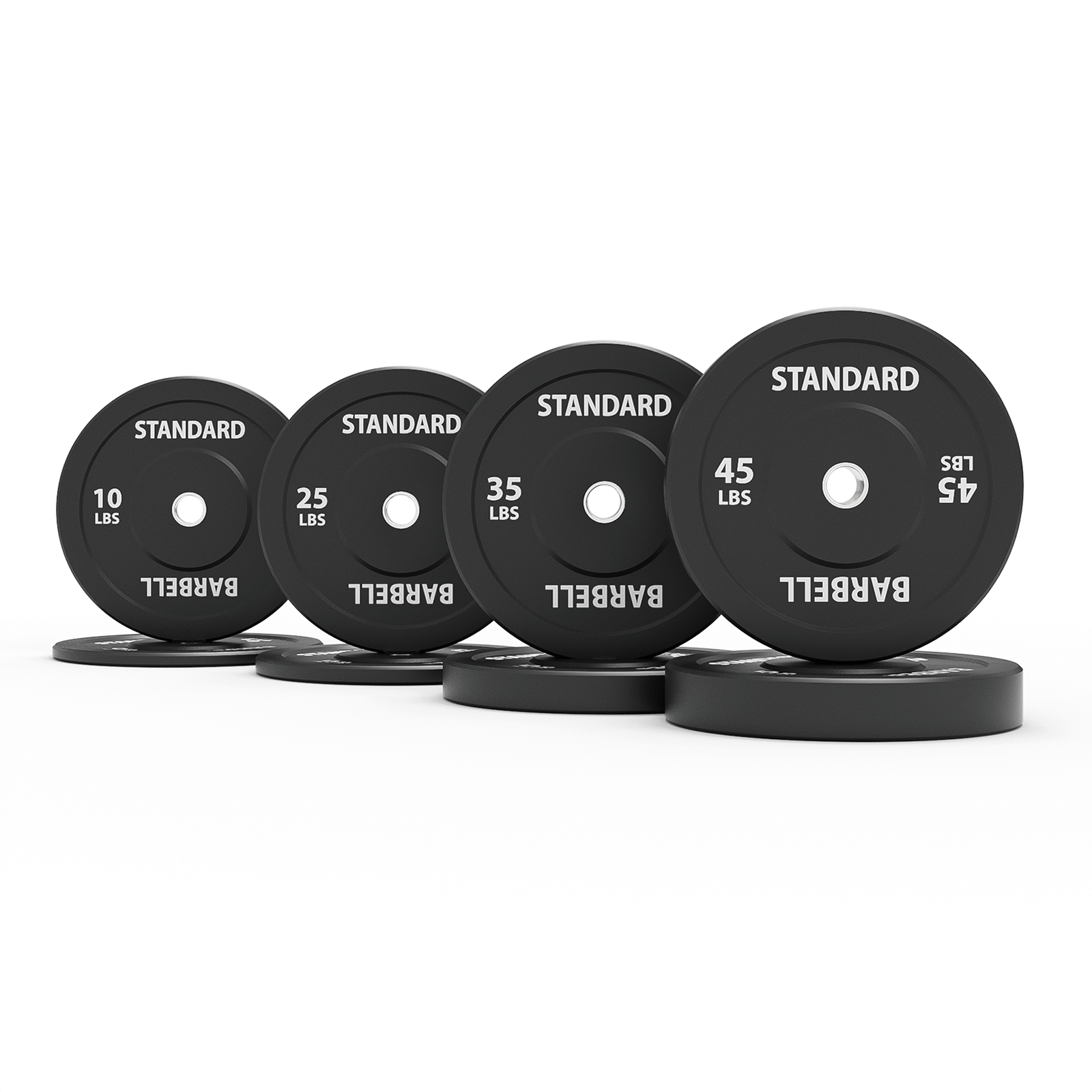
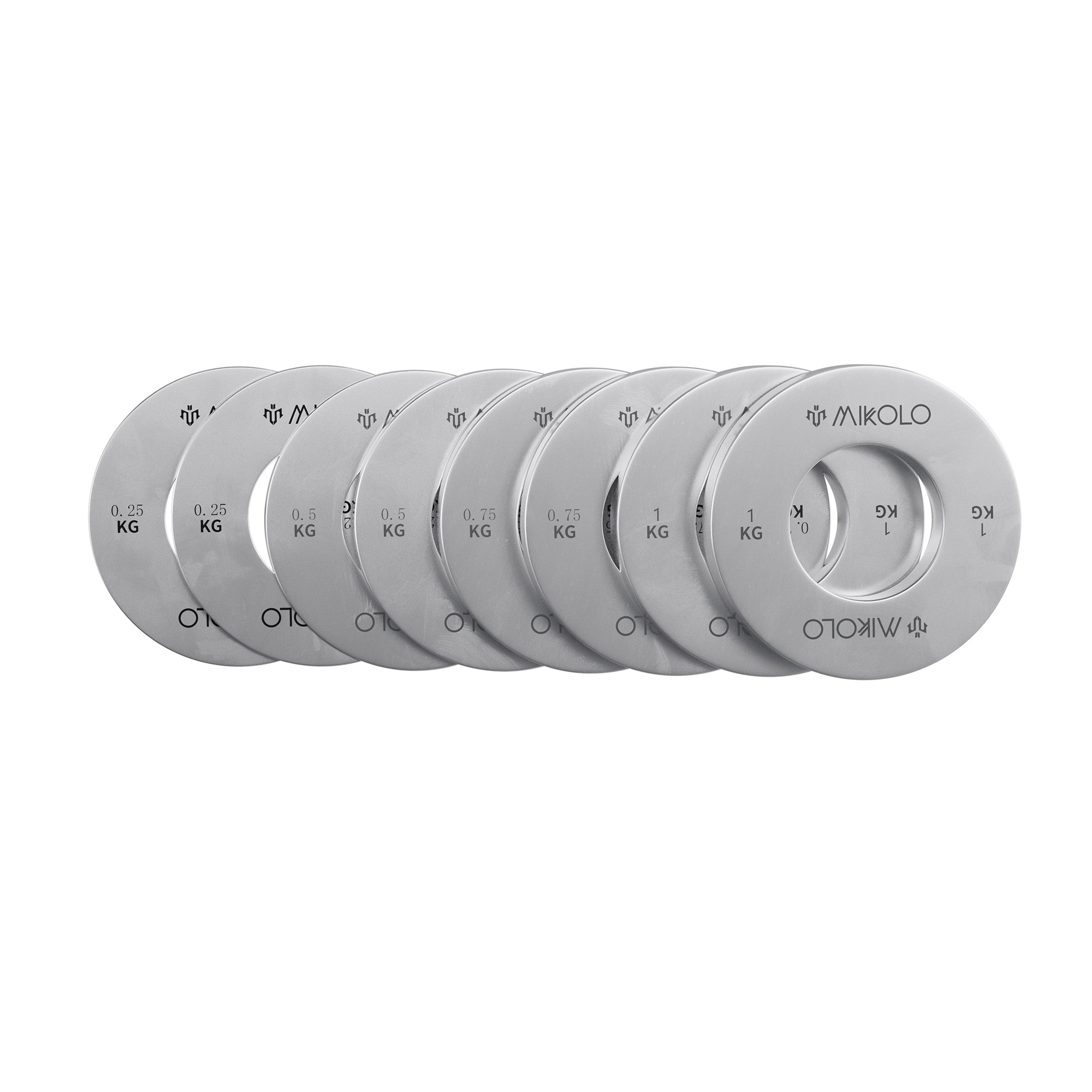


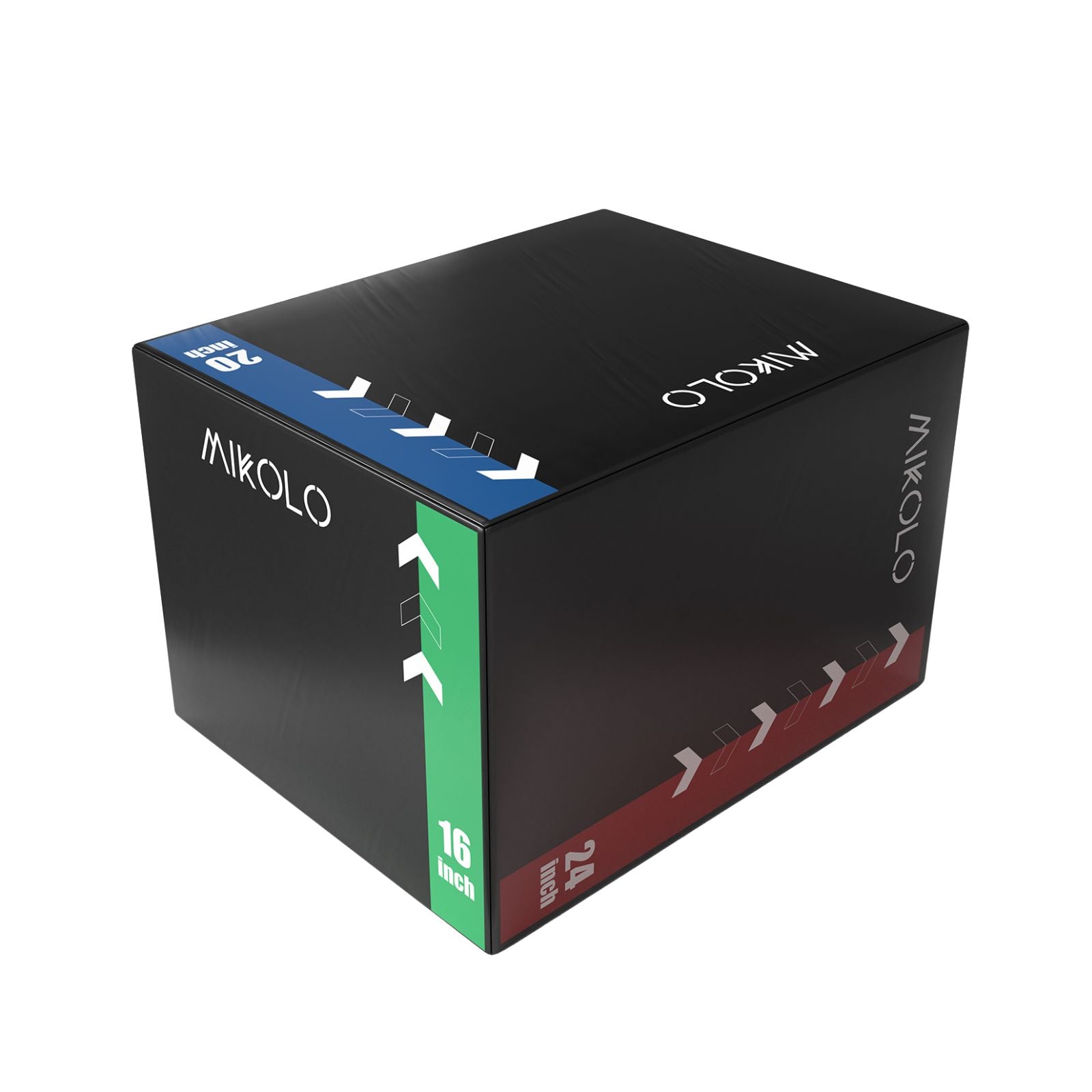

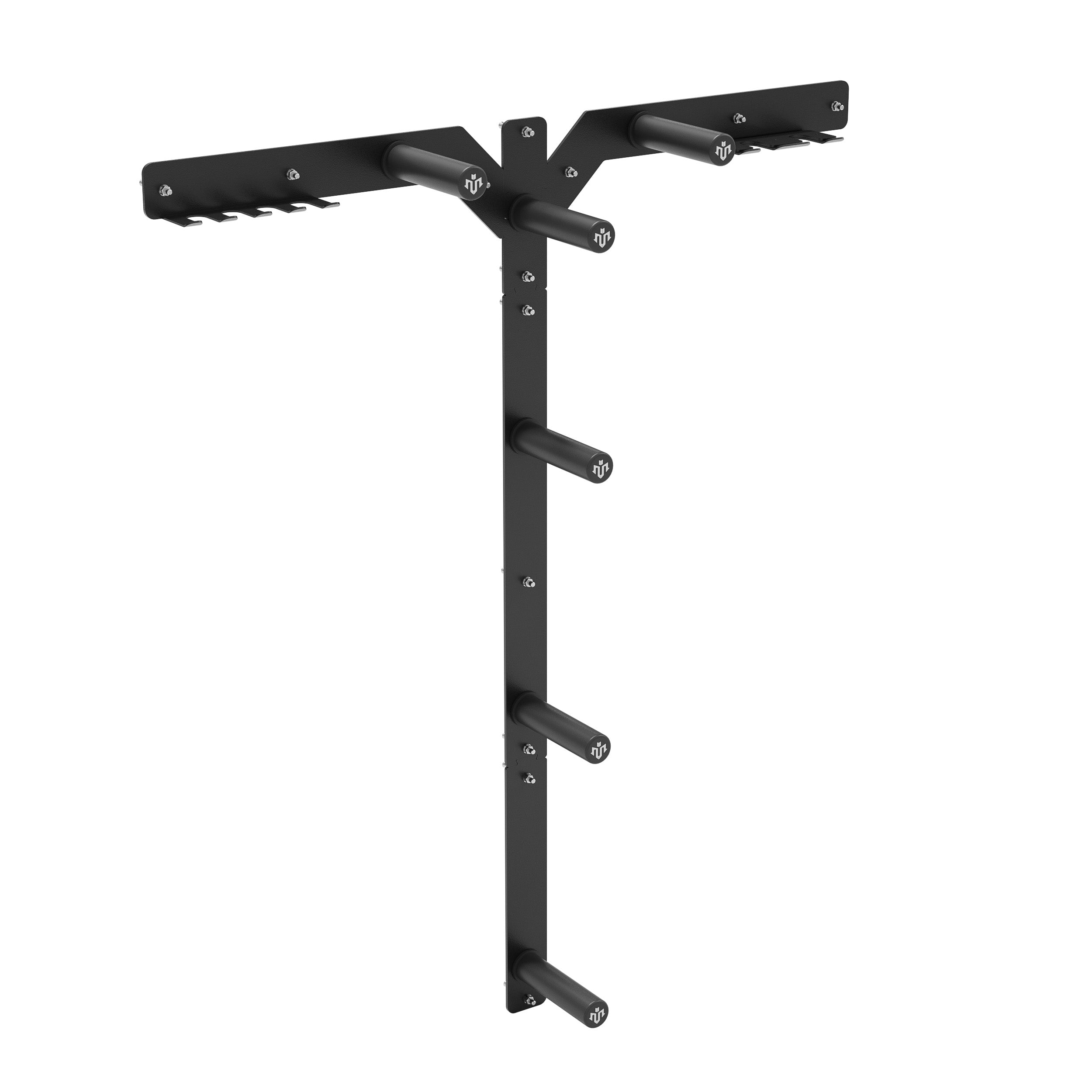




Leave a comment
This site is protected by hCaptcha and the hCaptcha Privacy Policy and Terms of Service apply.